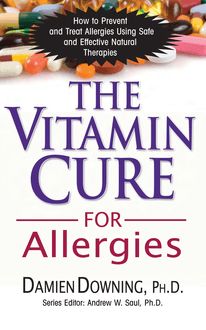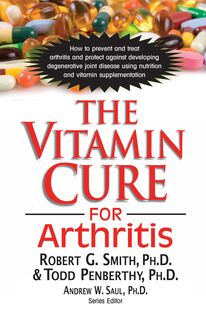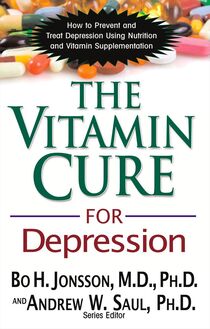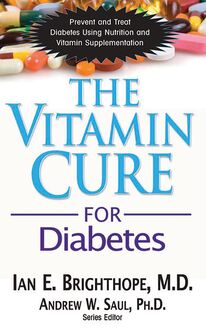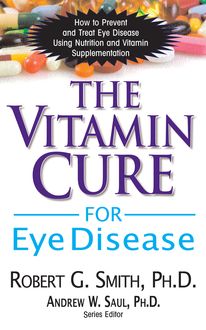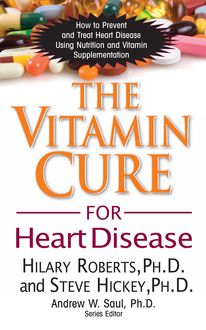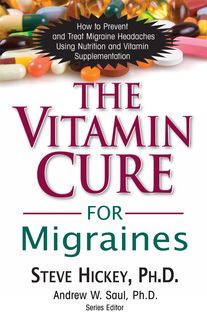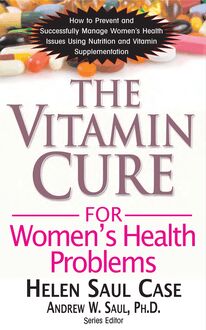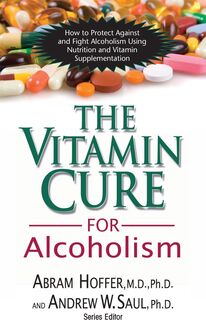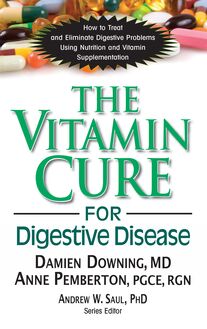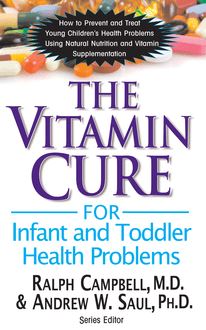-
 Univers
Univers
-
 Ebooks
Ebooks
-
 Livres audio
Livres audio
-
 Presse
Presse
-
 Podcasts
Podcasts
-
 BD
BD
-
 Documents
Documents
-
- Cours
- Révisions
- Ressources pédagogiques
- Sciences de l’éducation
- Manuels scolaires
- Langues
- Travaux de classe
- Annales de BEP
- Etudes supérieures
- Maternelle et primaire
- Fiches de lecture
- Orientation scolaire
- Méthodologie
- Corrigés de devoir
- Annales d’examens et concours
- Annales du bac
- Annales du brevet
- Rapports de stage
La lecture à portée de main
Vous pourrez modifier la taille du texte de cet ouvrage
Découvre YouScribe en t'inscrivant gratuitement
Je m'inscrisDécouvre YouScribe en t'inscrivant gratuitement
Je m'inscrisEn savoir plus
Vous pourrez modifier la taille du texte de cet ouvrage
En savoir plus

Description
Sujets
Informations
| Publié par | Turner Publishing Company |
| Date de parution | 15 juin 2012 |
| Nombre de lectures | 0 |
| EAN13 | 9781591203384 |
| Langue | English |
Informations légales : prix de location à la page 0,0750€. Cette information est donnée uniquement à titre indicatif conformément à la législation en vigueur.
Extrait
THE VITAMIN CURE
for Eye Disease
R OBERT G. S MITH , P H .D.
A NDREW W. S AUL , P H .D., SERIES EDITOR
The information contained in this book is based upon the research and personal and professional experiences of the authors. It is not intended as a substitute for consulting with your physician or other healthcare provider. Any attempt to diagnose and treat an illness should be done under the direction of a healthcare professional.
The publisher does not advocate the use of any particular healthcare protocol but believes the information in this book should be available to the public. The publisher and authors are not responsible for any adverse effects or consequences resulting from the use of the suggestions, preparations, or procedures discussed in this book. Should the reader have any questions concerning the appropriateness of any procedures or preparation mentioned, the authors and the publisher strongly suggest consulting a professional healthcare advisor.
Basic Health Publications, Inc. 28812 Top of the World Drive Laguna Beach, CA 92651 949–715-7327 • www.basichealthpub.com
Library of Congress Cataloging-in-Publication Data
Smith, Robert G.
The vitamin cure for eye disease / Robert G. Smith.
p. cm.
Includes bibliographical references and index.
ISBN 978–1-59120–292-9
1. Eye—Diseases—Alternative treatment—Popular works. 2. Vitamin therapy—Popular works. 3. Eye—Diseases—Diet therapy—Popular works.
I. Title.
RE 51.S65 2012
617.7'06—dc23
2012014007
Copyright © 2012 by Robert G. Smith, Ph.D.
All rights reserved. No part of this publication may be reproduced, stored in a retrieval system, or transmitted, in any form or by any means, electronic, mechanical, photocopying, recording, or otherwise, without the prior written consent of the copyright owner.
Editor: Diana Drew Typesetting/Book design: Gary A. Rosenberg Cover design: Mike Stromberg
Printed in the United States of America
10 9 8 7 6 5 4 3 2 1
C ONTENTS
Acknowledgments
Foreword
Chapter 1. How Vitamins Can Help Our Health: An Introduction
Chapter 2. How Science Learns: Studies of Treatments
Chapter 3. The Eye: How It Works, and What Can Go Wrong
Chapter 4. The Effects of Light on the Eye
Chapter 5. Vitamins Prevent Degeneration of the Photoreceptors: Retinal Detachment, Macular Degeneration, and Retinitis Pigmentosa
Chapter 6. Vitamins Prevent Degeneration of Retinal Ganglion Cells: Glaucoma, Diabetic Retinopathy
Chapter 7. Vitamins for Other Conditions and Diseases of the Eye
Chapter 8. Eating Right to Prevent Eye Disease
References
About the Author
A CKNOWLEDGMENTS
This book is based on my paper “Nutrition and eye disease” published in the Journal of Orthomolecular Medicine , Third Quarter, 2010. I thank JOM Managing Editor Steve Carter for permission to use the material in the paper. I thank Basic Health’s Vitamin Cure series editor Andrew W. Saul for encouragement, and publisher Norman R. Goldfind for his foresight in developing the Basic Health series of books. I thank Thomas E. Levy, M.D., for his generous and helpful words in the foreword. I thank my parents for getting me interested in science, health, and eating right; Joe Cadbury for showing me nature and how to study it; Peter Sterling for our long-term collaboration in retinal circuitry; my colleagues in retinal circuitry for their impassioned pursuit of the truth; and Michael Chaitin for showing me and many others how to get organized.
F OREWORD
Vision is something we tend to take for granted until it begins to deteriorate. It is at that point that our quality of vision becomes profoundly important. After all, there are few people who would consider the loss of any sense or body part more important than vision.
But too often we don’t behave as if it really is that important, as long as we have no ongoing problems with it. Unlike with, say, heart disease, few people respect their good vision enough to practice preventive medicine in order to preserve it. Yet most people would be much more apprehensive over completely losing their vision in later life than they would fear the increasing chances of having a fatal heart attack. Nevertheless, many middle-aged individuals these days are going to great lengths with exercise, diet, supplementation, and prescription drugs to forestall the onset of heart disease, while doing virtually nothing specific to help preserve their good vision.
In this book, Dr. Smith describes how a great variety of eye diseases take hold and progress over time. His writing is clear and concise, and he is very effective in teaching a subject that he obviously knows very well. Good teachers are like that. Far more teachers, unfortunately, may still know their subject well, yet they just do not have the ability to relate it to a student in both simple words and clear concepts. This book taught me, a physician, a great deal about a subject that I should have known better, but did not. I suppose this is why so many specialties and subspecialties exist in medicine. There really isn’t time to know everything of importance. Or maybe, as a cardiologist, that’s just my excuse!
So why is a cardiologist writing the foreword to an eye diseases book? In my own research, it has become increasingly apparent to me over time that all diseases—every single one—start when there is enough excess oxidative stress in the wrong place at the wrong time. It is the maintenance of that excess oxidative stress that permits diseases to evolve and worsen the longer it is present. No exceptions. In The Vitamin Cure for Eye Disease , Dr. Smith presents the scientific case for what I always suspected, but had never taken the time to learn. Specifically, he shows how most, if not all, significant eye diseases both start and progress because of excess oxidative stress in a given part of the eye. Furthermore, he makes a strong case that bolstering the antioxidant capacity of the eye is probably the single best way to not only forestall the onset of eye disease, but also to slow or prevent its progression if the disease process has already started.
This book makes a solid contribution to the growing evidence that excess oxidative stress is our body’s main enemy, and that maintaining high levels of the most important antioxidants, led by vitamin C, is the single most important thing we can do to not only live long and well, but to have excellent vision during that life. Dr. Smith should be commended for this excellent work.
Thomas E. Levy, M.D., J.D.
CHAPTER 1
H OW V ITAMINS C AN H ELP O UR H EALTH : A N I NTRODUCTION
I n his book, Doctor Yourself , nutritionist and author Andrew W. Saul describes the recovery of one of his clients from a progressive eye disease. 1 The woman, in her thirties, had been losing her peripheral vision. She had been told by her eye doctor that further loss was inevitable but that nothing could be done about it. She was desperate. After considering her case history and her personal eating habits, Dr. Saul advised her to eat raw foods, especially sprouts, and although she didn’t like the idea, she resolved to try it. Saul explained how she could purchase inexpensive seeds and sprout them, eating several jars of different kinds of juicy, crunchy sprouts each day. Although the woman had misgivings and many questions, she gradually learned new eating habits and maintained the raw food diet over the weeks and months that followed. At first she hated eating raw sprouts, but soon learned to eat generous amounts of them prepared in different ways according to her taste. And of course she ate other nutritious food too, like yogurt and chicken, as well as a few selected vitamin and mineral supplements. Eventually she worked up to eating several quarts of sprouts each day along with whatever else made them inviting and tasty. According to her ophthalmologist, her eyesight didn’t get any worse over the next few months. Then, gradually, a miracle seemed to happen—over a period of many months on this regimen, her eyesight progressively returned, finally becoming almost normal. Without any other treatment, she had recovered.
This book is about how to treat eye disease and prevent its occurrence through good nutrition. Many eye conditions and diseases are considered to be progressive, meaning that once their typical symptoms are identified, they usually get worse. Although drug treatments exist for these eye diseases, generally the drugs do not cure, and typically they can only slow the progression. The reason is that many eye diseases are “age-related,” meaning that their symptoms threaten sight late in life, typically after age fifty to sixty. 2 On first thought this might seem to imply these diseases are caused by the aging process. However, age-related eye diseases have several causes. Some of them are not inevitable but can be prevented. In many eye diseases, normal wear and tear to the eye over a lifetime damages it beyond repair. Our eyes are at a heavy risk for damage because they sit at the periphery of the body and so are exposed to environmental toxins. Moreover, the eye is prone to disease because it is exposed to bright sunlight, which is known to damage biological molecules. Many age-related eye diseases are accelerated by genetic abnormalities that impair the eye’s ability to repair itself. Finally, the neural tissue at the back of the eye has a relatively high metabolism and a high content of polyunsaturated fatty acids. This puts it at extra risk for disease. All of these factors can be ameliorated through nutrition.
ORTHOMOLECULAR MEDICINE
Proper nutrition can prevent disease and help you stay healthy. Orthomolecular medicine is the practice of providing essential nutrients in sufficient quantity to prevent and cure illness. When the body is provided with optimal nutrition, it can metabolize food more efficiently to prevent
-
 Univers
Univers
-
 Ebooks
Ebooks
-
 Livres audio
Livres audio
-
 Presse
Presse
-
 Podcasts
Podcasts
-
 BD
BD
-
 Documents
Documents
-
Jeunesse
-
Littérature
-
Ressources professionnelles
-
Santé et bien-être
-
Savoirs
-
Education
-
Loisirs et hobbies
-
Art, musique et cinéma
-
Actualité et débat de société
-
Jeunesse
-
Littérature
-
Ressources professionnelles
-
Santé et bien-être
-
Savoirs
-
Education
-
Loisirs et hobbies
-
Art, musique et cinéma
-
Actualité et débat de société
-
Actualités
-
Lifestyle
-
Presse jeunesse
-
Presse professionnelle
-
Pratique
-
Presse sportive
-
Presse internationale
-
Culture & Médias
-
Action et Aventures
-
Science-fiction et Fantasy
-
Société
-
Jeunesse
-
Littérature
-
Ressources professionnelles
-
Santé et bien-être
-
Savoirs
-
Education
-
Loisirs et hobbies
-
Art, musique et cinéma
-
Actualité et débat de société
- Cours
- Révisions
- Ressources pédagogiques
- Sciences de l’éducation
- Manuels scolaires
- Langues
- Travaux de classe
- Annales de BEP
- Etudes supérieures
- Maternelle et primaire
- Fiches de lecture
- Orientation scolaire
- Méthodologie
- Corrigés de devoir
- Annales d’examens et concours
- Annales du bac
- Annales du brevet
- Rapports de stage
